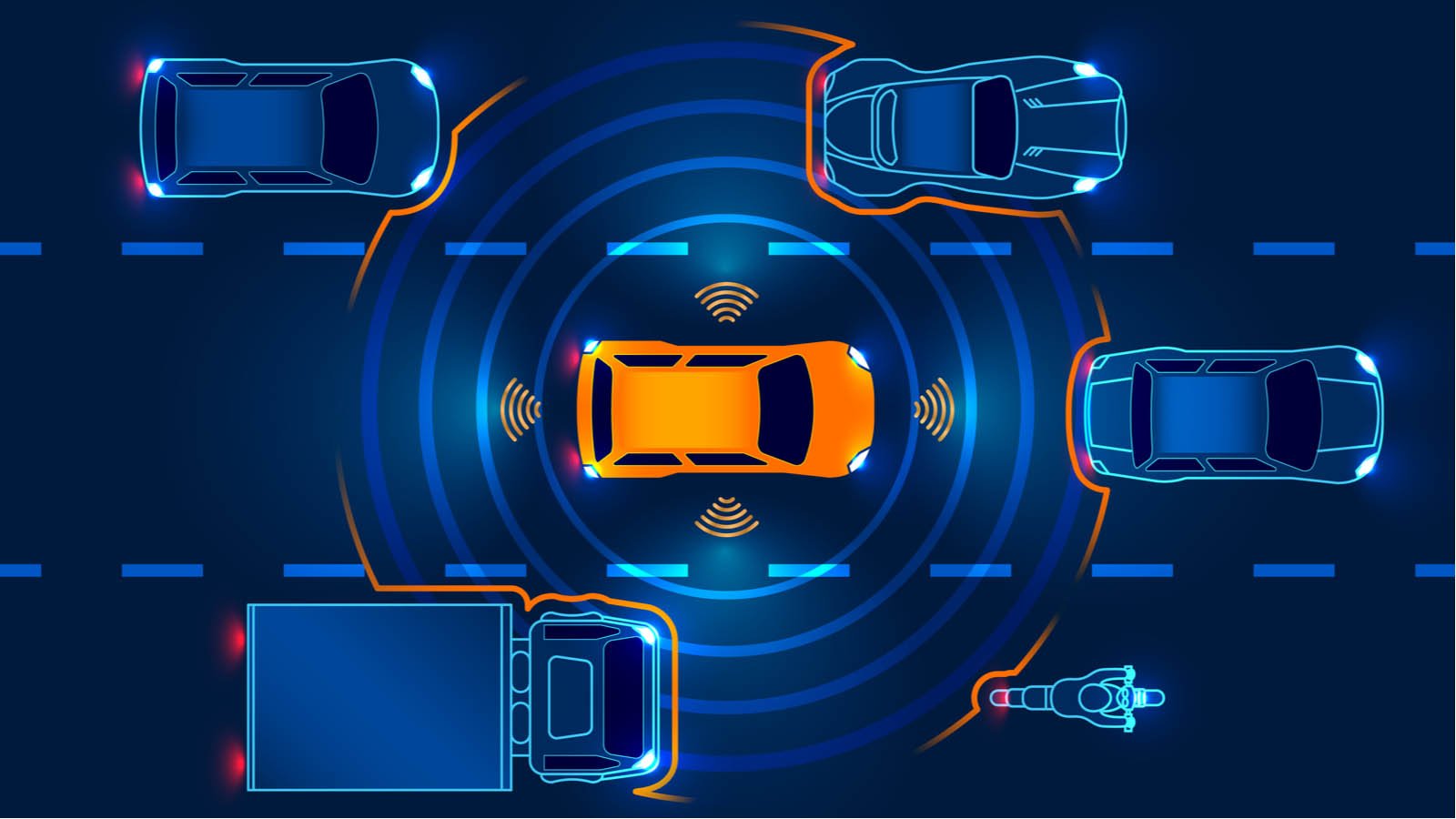
For decades, self-driving cars were a popular trope seen only in science fiction movies. Set in the distant future, these films often showed familiar cars that required no drivers. Even as electric vehicles have risen from the fringes to become a global phenomenon, having safe, driverless vehicles on the road has seemed far off. But as the artificial intelligence boom has progressed, companies have shifted focus and resources to the technology that can make autonomous driving safer. Leading the charge is Luminar Technologies (NASDAQ:LAZR), an automotive tech company that is ushering in the driverless era through cutting-edge AI solutions.
It’s no secret that AI is changing just about every industry, from office work to manufacturing and shipping. But it is impossible to ignore the changes it is bringing to the automotive industry, allowing companies to build futuristic cars and unlock them with their smartphones.
As part of this transformation, Luminar focuses on making on-road travel safer for everyone by helping automakers integrate driverless technology. It does this through the power of light detection and ranging (LIDAR), a system that sends out pulsed laser beams to determine how far away individual objects are.
The company’s global footprint is vast, with over 50 partners across multiple nations. Its partner network includes industry leaders such as Volvo (OTCMKTS:VLVLY) and Mercedes-Benz (OTCMKTS:MBGYY). Most recently, it joined forces with trucking company Plus to bring its tech to the world of commercial trucking.
Although its LIDAR competitors have made advancements in 2023, Luminar has been focused on AI and software development for years since it exited what CEO Austin Russell refers to as “stealth mode” in 2017. And CFO Tom Fennimore recently laid out exactly how Luminar plans on conquering the next frontier of automotive transportation.
AI Can Transform Self-Driving Cars
After presenting at the Deutsche Bank Global Auto Industry Conference in June 2023, Fennimore told InvestorPlace that his company is in a unique position to make self-driving cars a part of everyday reality. The key is artificial intelligence.
Luminar’s history with AI is long. In fact, it dates back seven years. But now the company is building its advanced software around it, fully embracing AI as the technology that will usher in the next phase of driving.
It isn’t coming a moment too soon. Fennimore notes that the National Highway Traffic Safety Administration recently made an announcement that stands to impact companies in Luminar’s space. Specifically, it announced a mandate requiring all new vehicles be built with automated emergency braking (AEB). This will impact both passenger vehicles and commercial trucks.
Fennimore said that historically, trucking companies have encountered problems with AEB that cause vehicles to break for no reason, a phenomenon known as a “false positive.” As he sees it, Luminar’s advancements can help companies overcome the false positive problem:
“What our technology does and what we’re using the AI for is to take [AEB] to the next level. Once you know where everything is [on the road], we then measure that many times a second. And then we use AI algorithms to do predictive behavior to see how those objects’ paths are going to change. If it’s a parked car, it doesn’t matter. But if it’s a pedestrian or if it’s a vehicle, the path sometimes can be unpredictable. And so in order to have an AEB system that works, not only do you need to know where everything is, you need to know where it’s going to be in the future to determine if you’re on a collision path or not.”
As Fennimore explains, Luminar has spent the past seven years developing its LIDAR to know precisely where everything is and then marrying that with AI algorithms to predict where everything in a vehicle’s path will end up. “If you do those two things together, you’re going to have an AEB system that is going to avoid a lot of accidents and save a lot of money,” he said.
Fennimore is careful to clarify the difference between Luminar’s autonomous driving solutions and those of EV leader Tesla (NASDAQ:TSLA). He notes that Tesla’s camera-only approach to driverless technology is built on “guesstimating” where objects are while LIDAR shows their exact location and distance. This supports the argument made by multiple experts that Luminar’s autonomous driving tech can give companies the edge they need to overtake Tesla in the driverless race.
Luminar Is Unlocking a Driverless Future
When will drivers reach full autonomy? Fennimore sees the U.S. reaching level five, in which vehicles are operating without drivers in both cities and on highways, by the end of the decade at the earliest. However, he sees companies advancing toward highway autonomy within the coming years, citing Volvo’s plan for utilizing Luminar’s technology as an indication that such a future is quickly approaching. He noted that highway autonomy is an “easier problem to solve” as there are often less dangers on the road.
Many companies are working hard to take drivers to the fully automated future that Fennimore sees. AI Magazine rates Luminar as one of the top companies in the space to watch, ranking it alongside legacy automakers such as Ford (NYSE:F) and General Motors (NYSE:GM). It’s clear that there is ample opportunity for the companies that can secure shares of this market. Data from McKinsey & Company reveals that the autonomous driving market could generate revenue of over $300 billion by 2035. The report also notes that consumer interest in autonomous driving features is rising. This could give a significant edge to well-established companies integrating autonomous tech, such as Volvo through its partnership with Luminar.
Fennimore also sees this joint venture as playing a key role in taking driverless technology to the next level. The CFO predicts that in the coming years, there will be fewer public LIDAR producers and more companies seeking to add LIDAR technology to their vehicles. As a result, Fennimore believes Luminar will reach the next level, particularly after companies see the successful implementation of its tech in vehicles from Volvo and Mercedes.
“There’s no doubt in my mind that not only are we going to be a survivor, but we’re going to be in a much more competitive place a year from now than where we are today, and our stock price is ultimately going to reflect that,” Fennimore said.
On the date of publication, Samuel O’Brient did not hold (either directly or indirectly) any positions in the securities mentioned in this article. The opinions expressed in this article are those of the writer, subject to the InvestorPlace.com Publishing Guidelines.






